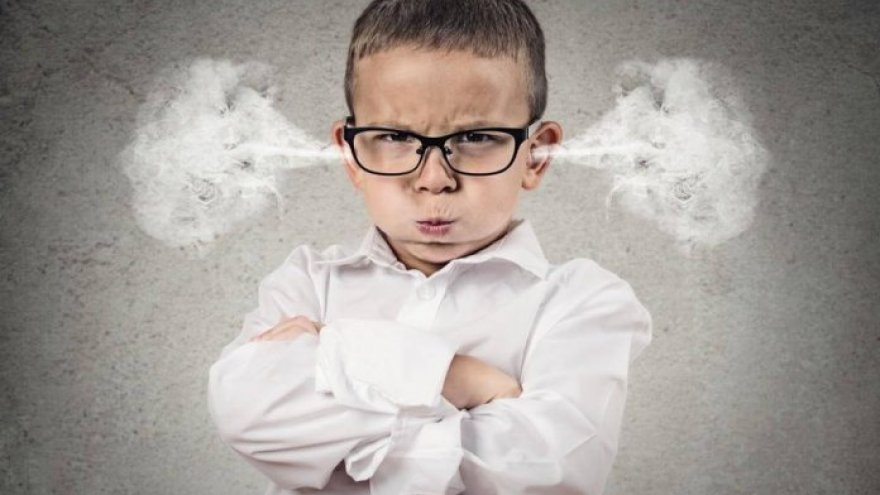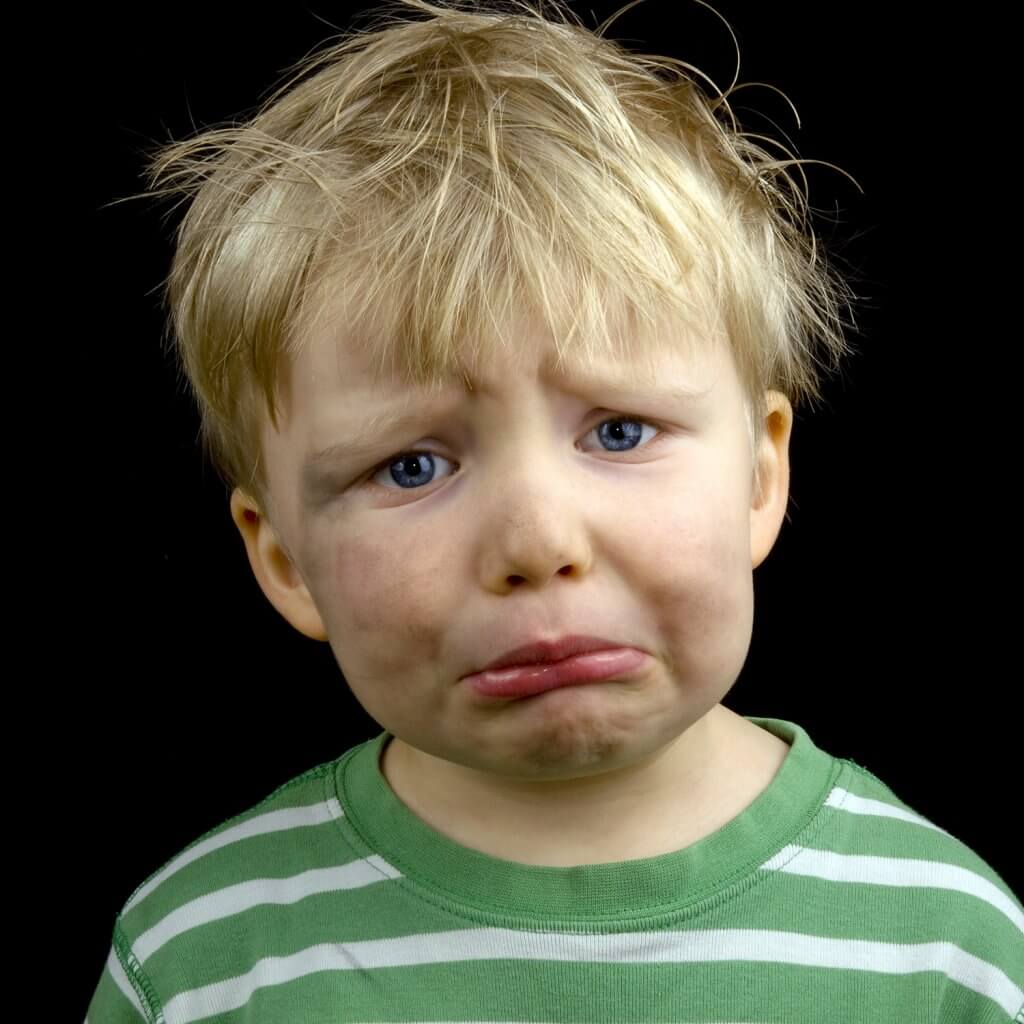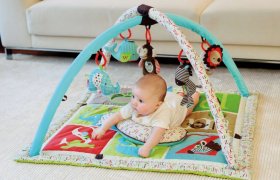Understanding and Dealing with Your Childs Anger

Who among us hasn’t envied the freedom of a screaming child just a little bit? Decades of practice have taught us to stifle that impulse to shriek when we feel it, even if it occasionally seems the only way to properly articulate our frustration. We are masters of quelling the expression of our own anger.
And yet, when the responsibility to tame toddlers’ tiny tantrums and adolescent attitudes falls upon us, the task can seem daunting. Watching a pajama-clad tornado hurl a plastic chair might incite the immediate fear of what this predicts for a child’s future: will they grow up to be violent? Easily agitated? Are they displaying signs of anger management issues?
Most often though, especially in the very young ones, the issue is merely that the child has not yet learned how to properly confront, control, and communicate their feelings. Sad children are hurt and uncomfortable, but when a little one suddenly feels that hot swell of anger so many of us have learned to dampen, it might seem frightening to them and out of their control.
The good news is, there are plenty of ways to address these feelings with your children in constructive manners that teach them the necessary skills to navigate future outbursts on their own.
Anger as a Secondary Emotion

Many psychologists and child development specialists talk about anger as a secondary or reactionary emotion. Often times the root of such behavior is a variety of other uncomfortable and complicated feelings. It might help to frame it like this:
I feel ________, and then I feel angry.
Fill in that blank with any of the following: hurt/sad, rejected, victimized, threatened, frightened, insecure, embarrassed/humiliated.
Does that seem like a familiar chain of events? Try framing anger for yourself and your child as a reaction or defense mechanism to those primary emotions.
It’s easier to evade some of the guilt when we recognize that feelings of destruction or hostility stem from other, less vindictive emotions.
Fight, Flight or Freeze
If your child is old enough, it’s possible that they’ve been introduced to the idea of Fight, Flight, or Freeze. Originally presented as Fight or Flight, this explanation of the human response to stress and trauma, presents us with a more biological or mechanical understanding of our feelings in response to upset.
It all has to do with survival.
When we are faced with stress, we tend to react in one of three ways. If we feel like the problem or foe we face can be defeated, our adrenal glands fire up and our sympathetic nervous system releases hormones to prime us for Fight mode.
If we feel that we are outmatched, we receive spikes in hormones that fuel our anxiety and help us outrun the threat. This is our body in Flight.
Lastly, and most recently, professionals have started tacking on the ‘Freeze’ addendum, in which we realize that we are neither strong enough nor fast enough to safely navigate this threat and thus, we are paralyzed: we freeze.
Dr. Leon Seltzer of Psychology Today proposes that this is a psychological defense mechanism more than one based in physical survival. Though it imitates ‘playing dead’ in a more base, biological fashion, the main function of dissociating is to protect the psyche by releasing the hormones that numb some of the pain you are experiencing, and thus protect your state of mind throughout the trauma and when looking back upon it.
Filling the Toolbox

Anger is unavoidable. Instead of chastising your child for it or freezing up in the face of it, try filling your child’s behavioral toolbox with the necessary skill-sets to cope with their feelings.
Equally as important, make sure that you respond as often as possible with composure and compassion. Your response to your child’s anger sends a message to them about how they should feel regarding it, and often giving into the desire to be terse with them only furthers their feelings of fear or belittlement.
Acknowledging their feelings is the first step to setting them up for healthy coping mechanisms. When you demonstrate a sense of serenity in the face of volatile feelings, your child recognizes that it is possible to handle stressful situations peacefully and patiently.
Communicating with them about what you think they might be feeling helps them to validate their own emotions and then respond accordingly, rather than running from or trying to censor them out of a sense of shame.
You don’t have to agree with the way they’re framing the situation, but you do have to let them know that you hear them.
Without directly consenting to their side of a disagreement, you can still offer understanding with phrases like, “It seems to me that you think this is unfair to you and no one is listening. That must be lonely. I’m so sorry you feel that way. I don’t want you to be sad.”
This isn’t the same as giving into their demands. Rather, it’s a display that you comprehend and appreciate their feelings. If this is enough to cool them down, you can try approaching a solution-oriented tactic. “It’s okay to feel angry, but we have to be careful that we don’t do angry things that might hurt other people. Instead of throwing your toy/hitting your sister/screaming at your friend, what can we do instead?”
(It should be noted that I once asked a young Pre-K student this, and his response was: “…Go fishing?” Sometimes they need a bit of guidance to find comprehensive coping strategies.
You can suggest taking deep breaths, counting to ten, encouraging them to use their words to express their feelings to their peers. If the anger is over a recurring issue, try sitting down to puzzle out some concrete solutions you can implement together.)
Setting Boundaries

When any of us are upset, we are prone to rash decisions. Children especially can fall into this. They do not always acknowledge their responsibility in it. The feeling can seem overwhelming and out of their control. Remind them that their feelings are not always by choice but their actions are.
Put in place rules and boundaries to keep everyone safe. If they are swinging or thrashing or throwing objects, calmly tell them that you are going to step out of their personal space so that no one gets hurt, but that you are ready for a hug and a chat whenever they want it.
Make sure anyone that could be caught in the crossfire (mainly other small siblings) are out of the way as well. When they are ready for discussion, be clear that it is not wrong to feel anger, but our behavior is something very much within our control, and we need to set some boundaries on it.
Throwing/pushing/hurting are never helpful ways to express ourselves.
A Time for Reason
It can be tempting to want to tell our children when we feel that they are overreacting, or to respond to their heightened feelings with exasperation. Even if we remain calm and patient, there remains the trap of trying to bring them to logic too quickly. When any of us are riled, it’s hard to see sense.
Children especially are still learning to manage their emotions and view them objectively. If it seems like going straight to problem-solving might only exacerbate the issue, give them a window of compassion without judgment or redirection.
Lessons are better absorbed in a state of calm. Being too practical in the midst of a tantrum might unconsciously feel to them like a lack of sensitivity or comfort on your part.
Understanding Our Anger
Some of the guilt and fear that surrounds children’s attitudes towards anger is the way that we portray and respond to it culturally. It is easy as a child to adopt a very simple narrative of good vs. bad.
It takes time to understand nuance and the in-betweens, and some of that can only come with age and experience. But try to begin teaching from a young age that our feelings do not make us ‘good’ or ‘bad’, and that even our mistakes are not enough to render us unlovable.
Always emphasize the importance of understanding ourselves, showing kindness to ourselves, and simultaneously challenging ourselves to be and do better. Perfection isn’t what makes us ‘good’ people; it is the sincere and concerted effort to do what we feel is right.
Consulting Professionals
Tantrums and fits are perfectly natural. But if it feels like your child is increasingly angry or difficult to safely bring back down in the midst of a fit, consider consulting a counselor or therapist.
Behavioral disorders are a possibility to explore, but more commonly it may just be a lack of communication between the parties involved. Even just a few sessions with a professional might equip your child with some solid coping strategies, and you with the tools and skills you need to help them manage their anger as well.
Lead by Example

Children pick up on our behaviors even when we think they aren’t paying attention. So the best way to impart any lesson on your children is to make sure you practice what you preach. Ask yourself if you lose your temper quickly with them, and how that manifests in your behavior or attitudes towards them. Are you patient with your spouse or peers? Are you patient with yourself?
Let them see that you face similar uncomfortable feelings and obstacles in your own life, and that you understand how they must feel. Then show them that it’s possible to handle those pitfalls with grace and understanding.
At the end of the day, what they want more than that toy or their way is for you to love and accept them. If you lead them down the right path, they’ll follow.






